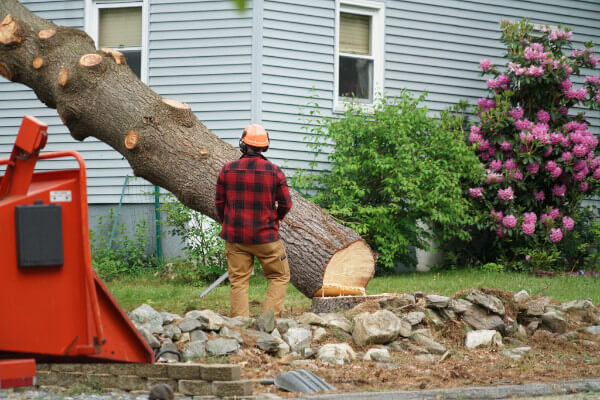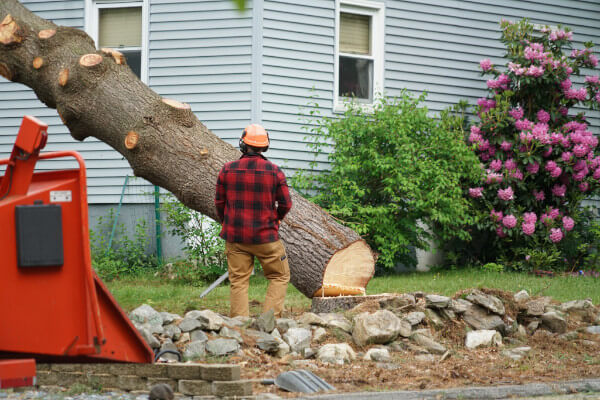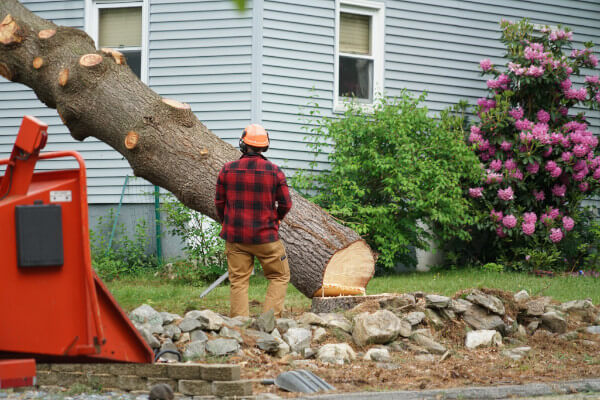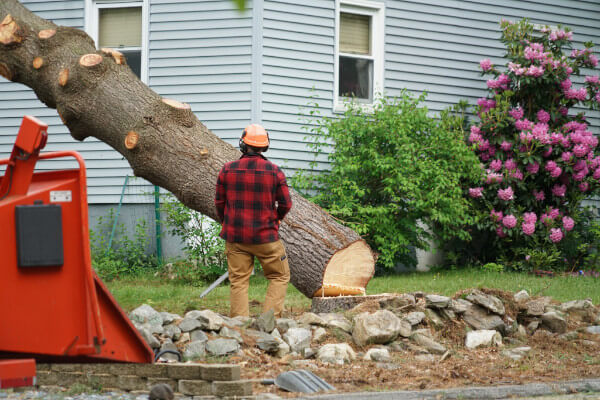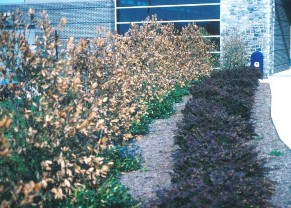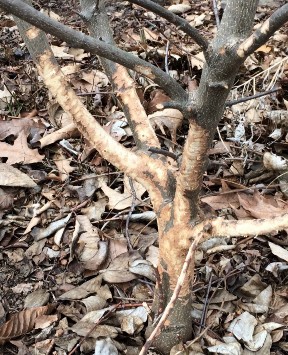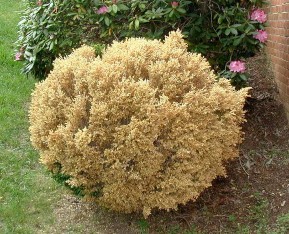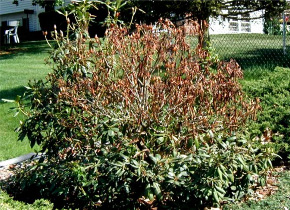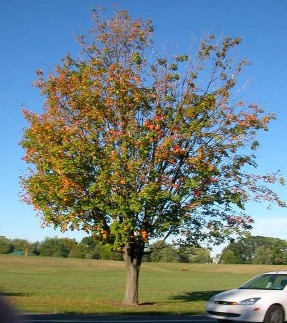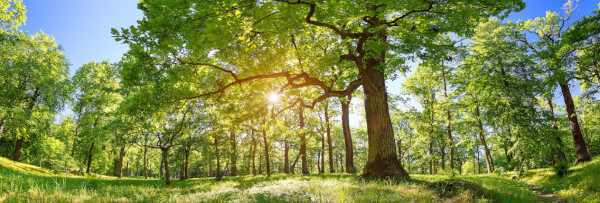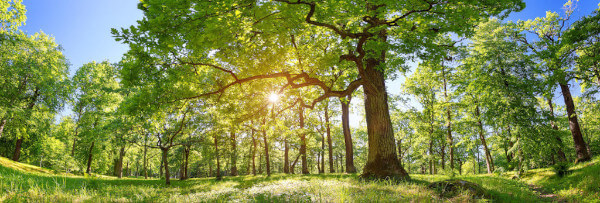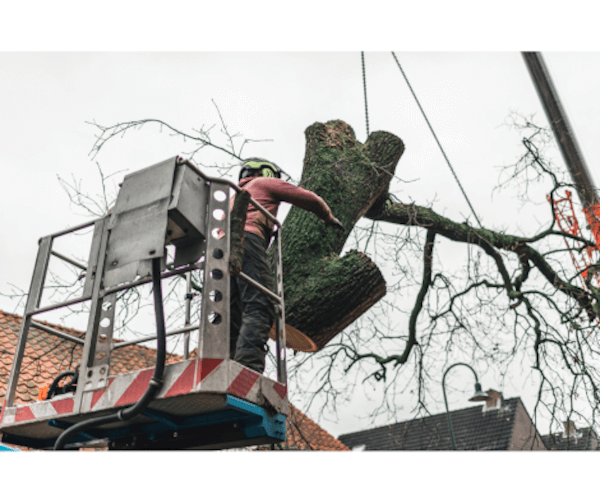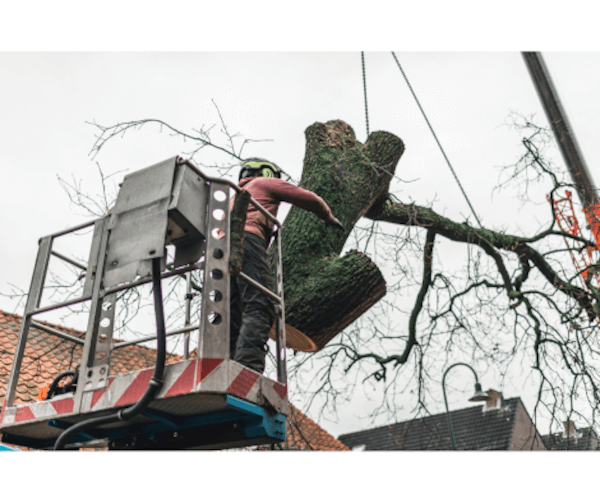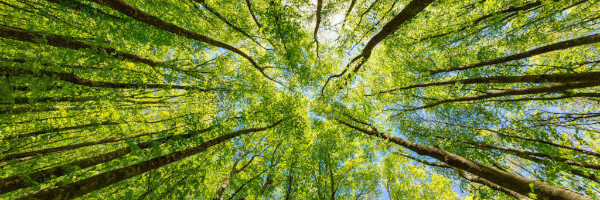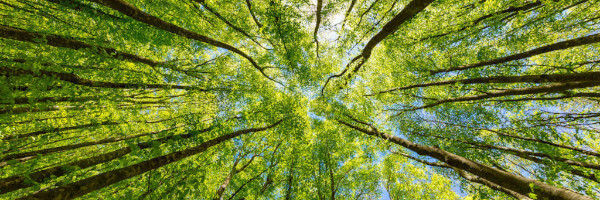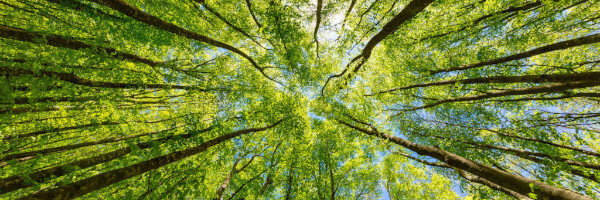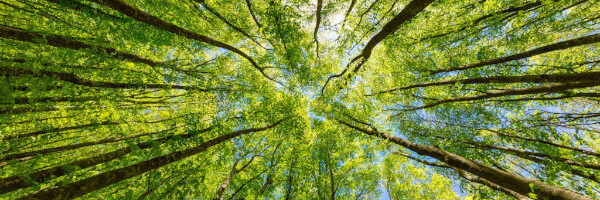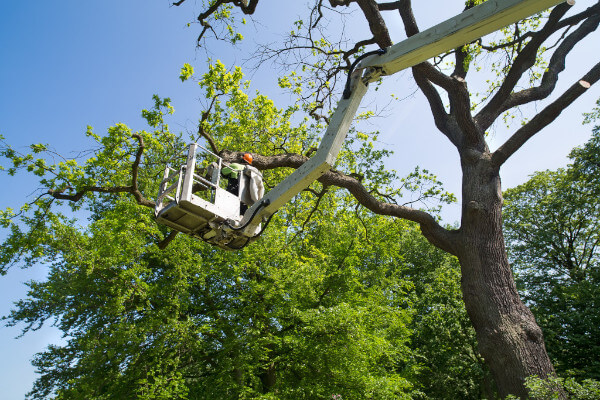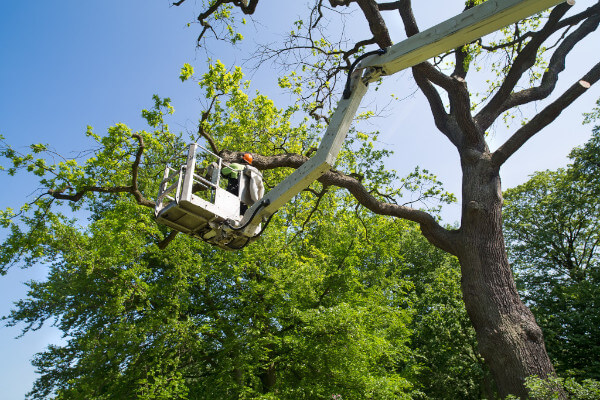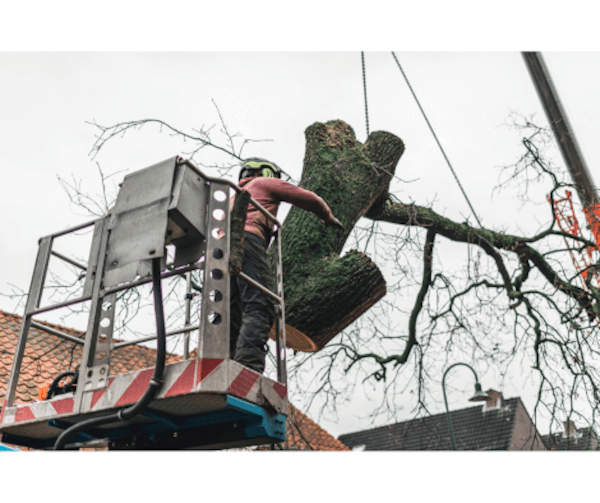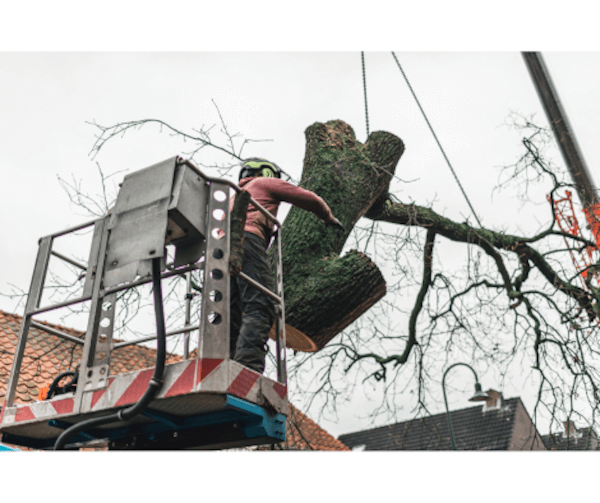If you want to eliminate your tree stumps, you can do so yourself. If you have a tree stump that is not too large, you can grind it with a stump grinder. However, it would be best if you use caution when grinding the stump. You may try to grind small stumps yourself to save money, but if the stump is too large, you should seek the help of a professional Tree Service Irvine CA. Listed below are some of the things to consider before hiring a tree grinder:

Stump grinding is the process of removing a tree’s stump. While tree stump removal requires hard labor, it leaves the tree roots in place. Additionally, grinding a stump can leave no visible hole at all, or just a small one. In addition, grinding stumps can be an excellent way to prevent insects from making a home in your yard. Whether you’re planning to replant a new tree or simply want to clear your lawn of unwanted stumps, stump grinding is an excellent choice.
A stump grinder is operated by raising the machine’s wheel above the stump, which is a few feet above ground level. The operator should then position the wheel over the stump’s front edge, engage the power lever, and slowly lower the grinder into the stump. Depending on the stump’s size, this process can take anywhere from 45 minutes to several hours. If you’re stump-grinding a twenty-inch oak, it might take a couple of hours.
Some types of trees will sprout new growth from roots that remain under the ground after a tree stump has been removed. While some people are delighted to see their property cleared of these unwelcome roots, others will be less than enthusiastic. While the roots of trees will eventually decay, this process can take several years to complete. It is important to remember that this process may leave some roots in place, and addressing them before stump grinding takes place will help you avoid any unwanted problems.
The base price of stump grinding is based on the diameter of the stump in inches. The stump’s height is also included, but the base cost is based on the diameter of the trunk, which includes the above-ground roots. Measure the stump in the ground either before or after tree removal. Measuring “from dirt to dirt” is recommended to get a better idea of its overall size. Typically, a stump grinder will cut off about six to eight inches below the ground surface.
Cost
Regardless of how you decide to remove a tree, you should know that you have a few options for removing the stump. First, you can either remove it yourself, or hire someone to remove it for you. Either way, tree grinding will reduce the damage you do to the property. Additionally, stump removal requires a lot of time and resources, and will leave a large hole. Grinding does not involve digging up the ground or pulling out roots from the ground, which will leave a large hole.
If you decide to remove the stump yourself, you can do it yourself for about $50 to $200. You may also be charged an additional fee for the root removal process, which will cost you up to $200 per hour. A stump grinder does not remove the entire underground root system, so you will need to remove it in order to replant the tree. This will cost a small fortune, but it can make your yard look good and help you regain your yard.
The cost of tree grinding varies greatly, depending on where you live. Stump removal rates will depend on your location and the tree species that need to be removed. Generally, soft woods are cheaper to grind than harder, denser trees. Depending on the species of tree, you may pay anywhere from $20 to $200 or more per stump. It is important to compare costs to find the best deal. This way, you can choose a professional tree grinding service that best meets your needs and budget.
While you don’t need to obtain a permit, removing a stump can damage underground utilities. If you need to get a stump grind, you’ll need to mark the underground utility lines before your tree grinding. Most cities require 72 hours’ notice before any work is done. You may need a permit if you need stump grinding for a large tree. If you’re stump has a lot of roots, it will increase the price.
Time frame
When you’re looking for a company to grind down a tree, you may want to think about the time frame. The base price will depend on the diameter of the stump, which is the distance from one side of the tree to the other, including the root system above the ground. You can take the measurement before or after the tree is removed. When doing this, measure “from dirt to dirt,” which means from the edge of the stump to the opposite edge, where the root system meets the ground. It’s best to measure the area to the ground, which will be the most accurate measurement.
The time frame for tree grinding varies, depending on the size of the tree and the location where it’s located. Some trees are easy to grind away, while others are more difficult to remove. This is especially true for knotted trees. It can take anywhere from 15 minutes to 2 hours to grind a tree stump. However, you can expect the job to be completed quickly and efficiently by hiring a company that knows how to grind away tree stumps safely.
Tree grinding is different from stump removal, which involves sawing the stump, leaving only fine sawdust. The result is a clean stump, and the root system will remain intact. There is a significant difference between stump grinding and tree stump removal. Some of these companies can be found online, but they may be better suited to your locality. You can compare quotes and choose the company that works best for your project. If you are not satisfied with the company you hire, you can ask for a second opinion.
The time frame for tree grinding varies, depending on the size of the tree stump. While you may be wondering if tree stump removal is better than stump grinding, it should be an integral part of your tree removal project. It will ensure that your lawn is free of a big mess. In addition to stump removal, you can also use your stump to decorate your yard or garden with flowers and shrubs. And if you don’t want the tree stump in the yard, you can use it as a plant stand, a table base, or even a landscaping feature.
Efficacy
The efficiency of stump grinding is debatable, especially when trees are large. The process of stump grinding involves removing a tree’s dead stump and replanting it with new topsoil. However, large amounts of sawdust must be fertilised before replanting, to counteract nutrient lockup. Various nitrogenous fertilisers can be used for this purpose, including sulphate of ammonia, chicken manure pellets, and other fertilizers. But one thing that stump grinding cannot do is burn down a tree’s stump. Moreover, nitrate fertilisers have no effect on burning or rotting.
Tree grinding is a method that can control large trees and shrubs. However, it is only effective on mature trees. Stumps must be ground below ground level before grinding can begin. Another limitation of stump grinding is that it leaves a large pile of wood chips and dirt at the site. However, biomass may be necessary to maintain site stability. Grindings may also suppress passive revegetation. Consider your project’s site conditions before committing to it if you decide to use stump grinding as a tree removal method.
